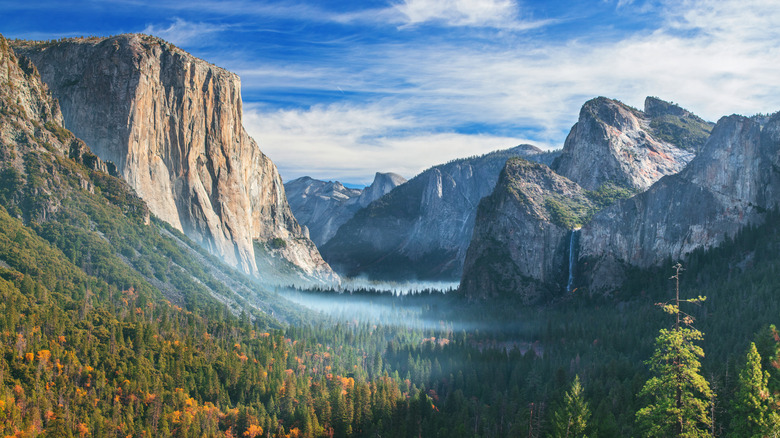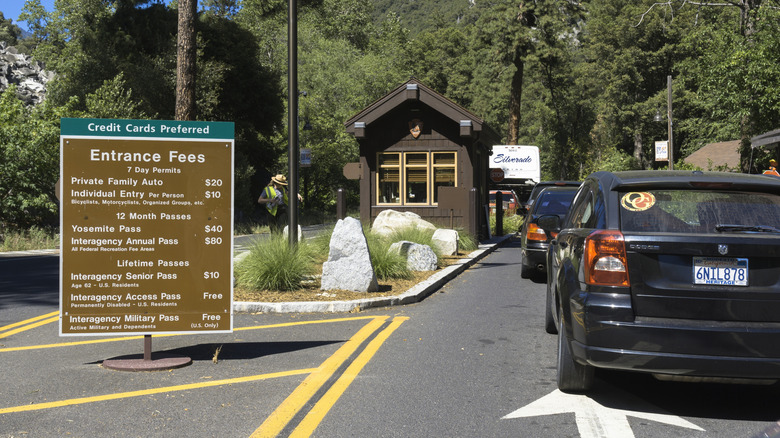Planning A National Parks Trip? Here's What A New Executive Order Could Mean For Your Visit
In an Executive Order signed on July 3, 2025, now known as the Make America Beautiful Again (MABA) directive, President Donald J. Trump has established a new commission of his close advisors with ambiguous instructions on how to go about "conserving our great American national parks and outdoor recreation areas." Framed as a patriotic effort to give Americans better access to public lands, recover endangered species, and expand the availability of clean water, there are no given parameters moderating how the MABA committee may go about fulfilling the President's demands. National parks advocates are worried this open-ended policy could pave the way for more budget cuts and privatization of public spaces.
Of the goals stated by the MABA coalition on its newly launched page within the American Conservation Coalition website, two present especially viable reasons for concern. The intent to "pursue active forest management" reads by some as an open-ended free pass to deforestation of national lands. And the permission to "fund private-public partnerships through the Make America Beautiful Again trust fund" could allow the government to hand money collected through the Great American Outdoors Act (GAOA) — funding that recently enabled Yosemite to open all of its campgrounds for the first time since 2019 — over to private interests looking to either a) take public lands out of public hands or b) commercialize the national park system.
Plus, in a further attempt to increase revenue, a new tiered ticketing system will charge international visitors higher entry fees to national parks. Though no details have been released on what that amount will be, admission to the U.S. national park system for non-residents is about to get more pricey.
The possible repercussions from Making America Beautiful Again
The Executive Order quotes the National Park Service and U.S. Forest Service collectively needing as much as $34 billion in maintenance to their roads, trails, and other properties. Increasing foreign admission costs, in addition to the staffing cuts the Trump administration has made to the National Park Service and proposals to transfer national lands to state guardianship, will supposedly help pay for these repairs.
"It is the policy of my Administration to preserve [U.S. national parks] for American families in future generations by increasing entry fees for foreign tourists, improving affordability for United States residents, and expanding opportunities to enjoy America's splendid national treasures," the order reads. Not only does this statement seem to send a stark message to non-nationals, shutting them out from receiving equal welcome as guests onto U.S. public lands, some critics anticipate that an increase in price may deter international visitations that help fuel local tourism. Businesses near parklands that depend on tourists, particularly some of the most underrated U.S. national parks, may be forced to close, further limiting their appeal to all visitors. The only way internationals could avoid price increases would be to visit on one of the special days all national parks are free to enter.
However, the Property and Environment Research Center (PERC) has projected that raising international visitor fees at the most popular parks, like Yellowstone for example, from $35 to as much as $100 would generate five times higher revenue for the park in exchange for a mere 1.3% decrease in visits. Other sources argue that an international price hike is not new and follows the example set by park systems in other countries — the Galapagos National Park in Ecuador charges foreign visitors a $200 entry fee for adults, while adult nationals pay $30.

